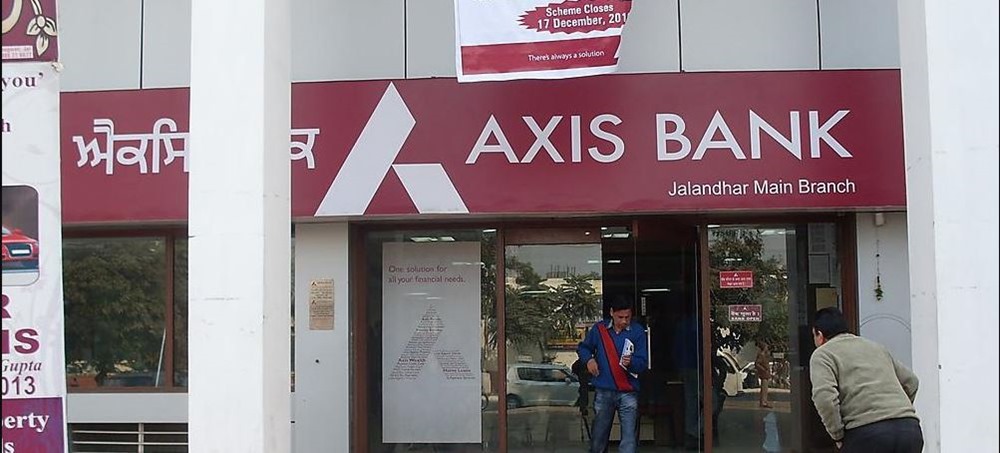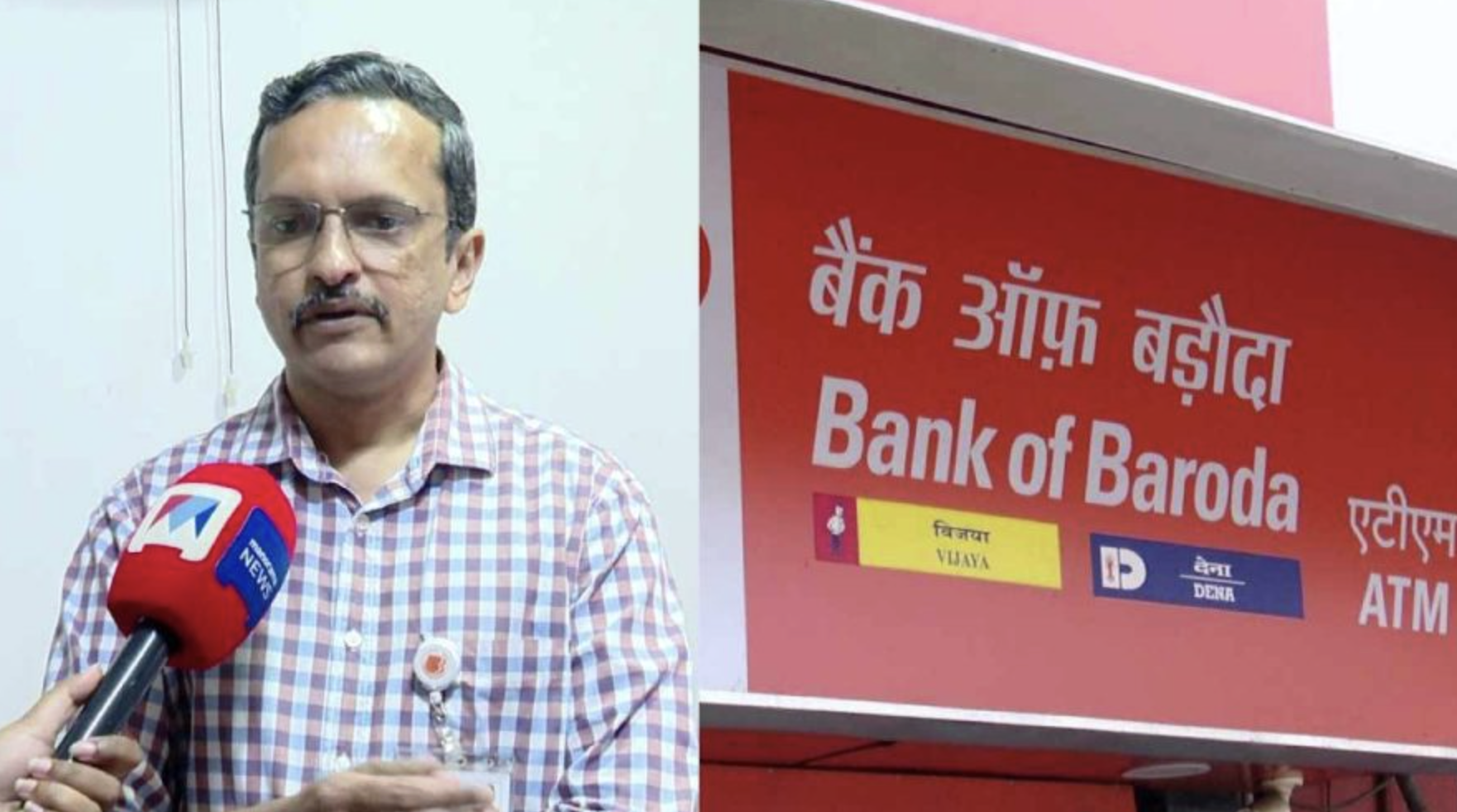The Union government has taken a significant step towards modernizing urban transportation in India. Proposed amendments to the Motor Vehicles Act aim to create a legal framework for bike taxis, potentially revolutionizing short-distance travel in cities.

Key Changes in the Proposed Amendments
The Ministry of Road Transport and Highways (MoRTH) has suggested adding “motorcycle” to the definition of a “contract carriage.” This change would legitimize the operations of bike taxis, which have been operating in a legal grey area through aggregators like Rapido, Ola, and Uber.
Additionally, the amendments seek to:
- Remove the separate category of maxicab from the list of contract carriers
- Create two categories of light motor vehicles based on weight
- Include electric vehicles under the Act’s purview
- Establish a category for three-wheeled motor vehicles
- Propose changes in rules for granting drivers’ licenses
Addressing Past Challenges
Previous attempts to regulate bike taxis have faced obstacles. An industry official explained, “If motorcycles do become contract carriage with the passage of the law it will change everything. A whole set of rules will have to be put in place to govern them which includes registration, insurance, driver training and even fines for traffic offences.”
Opposition and Concerns
The introduction of bike taxis has not been without controversy. Three-wheeler and taxi unions have opposed the move, citing unfair competition due to lower operational costs for bike taxis. Private vehicles, including motorcycles, currently pay less for registration and insurance, and obtaining a license for driving private vehicles is generally easier.
Looking Ahead
The proposed amendments are currently open for public comments until October 15. If approved, these changes could significantly impact urban mobility, potentially offering more affordable and flexible transportation options for millions of Indians.
As the government moves forward with these proposals, it will be crucial to address the concerns of existing transportation providers while ensuring safety and fair competition in the evolving urban mobility landscape.













